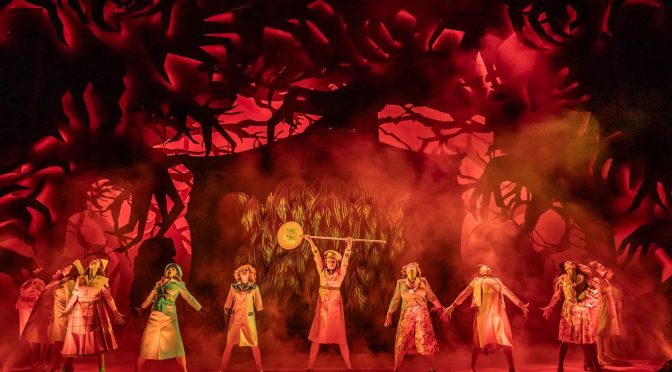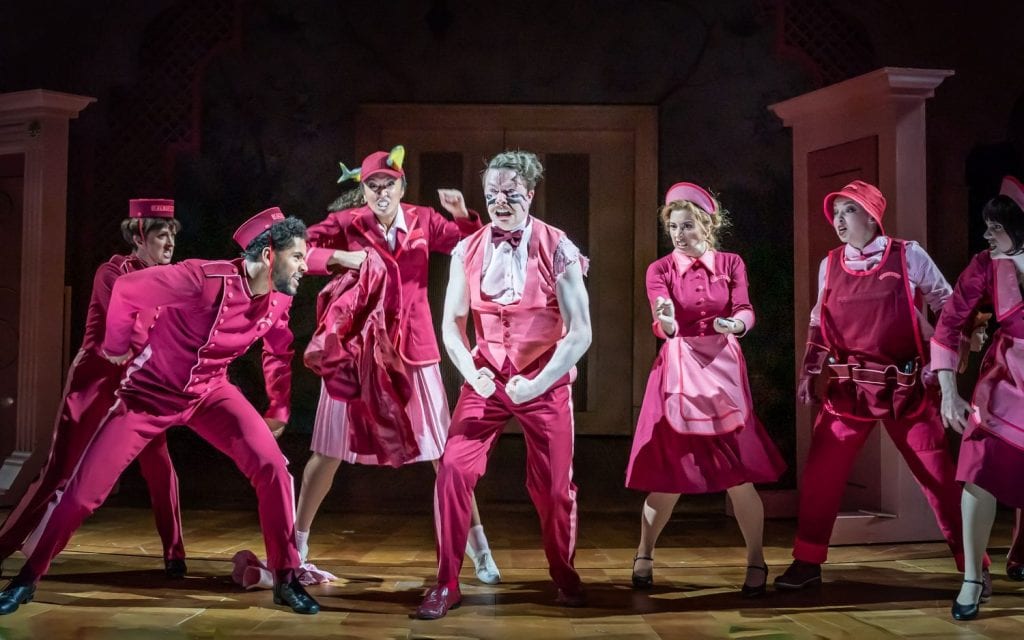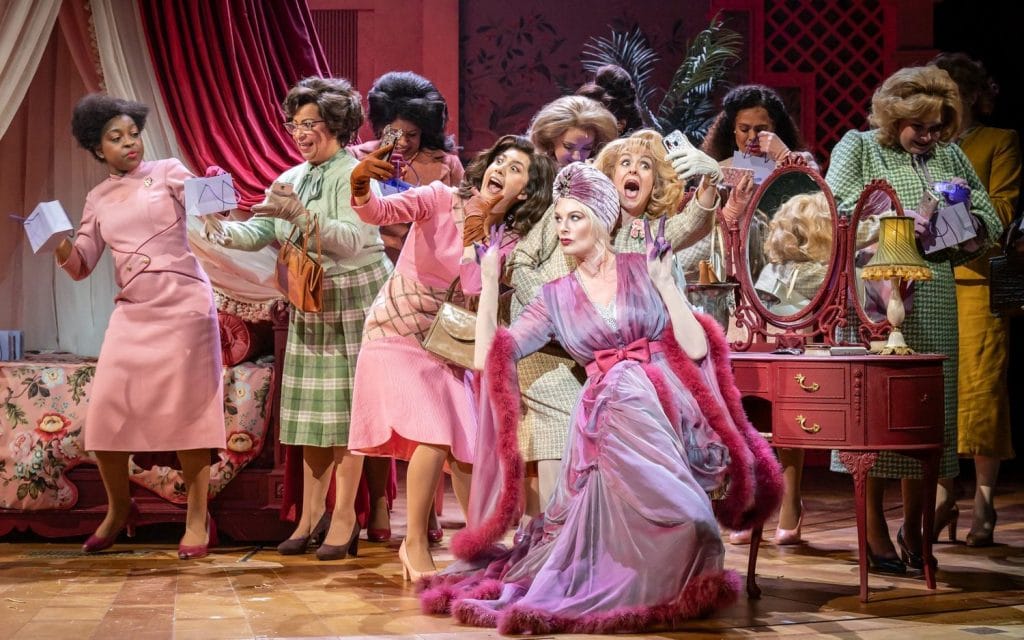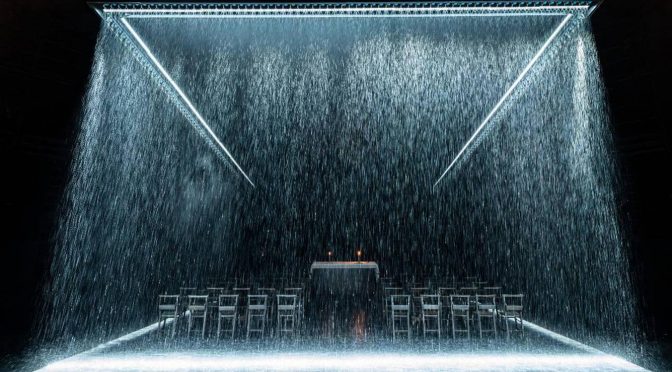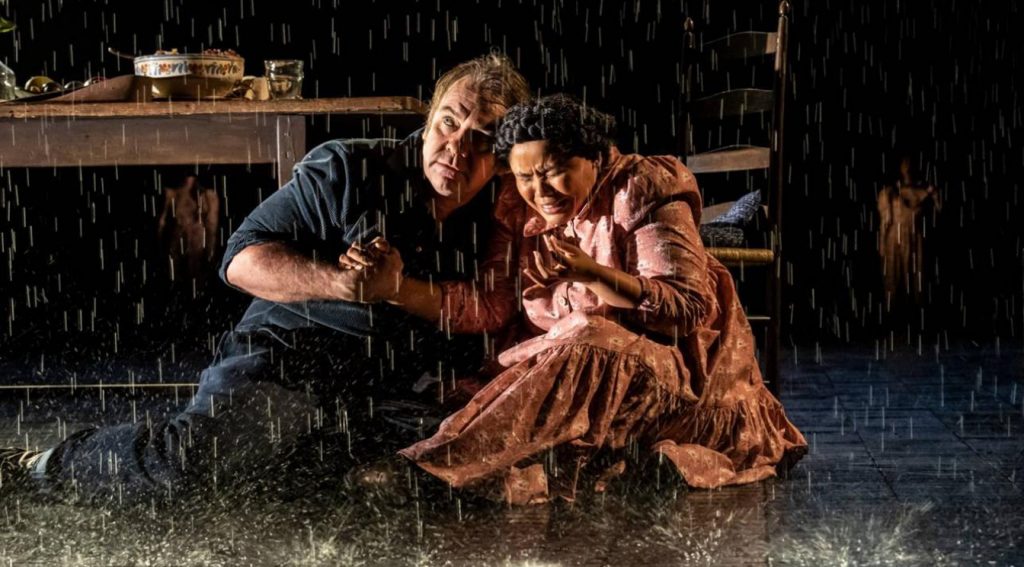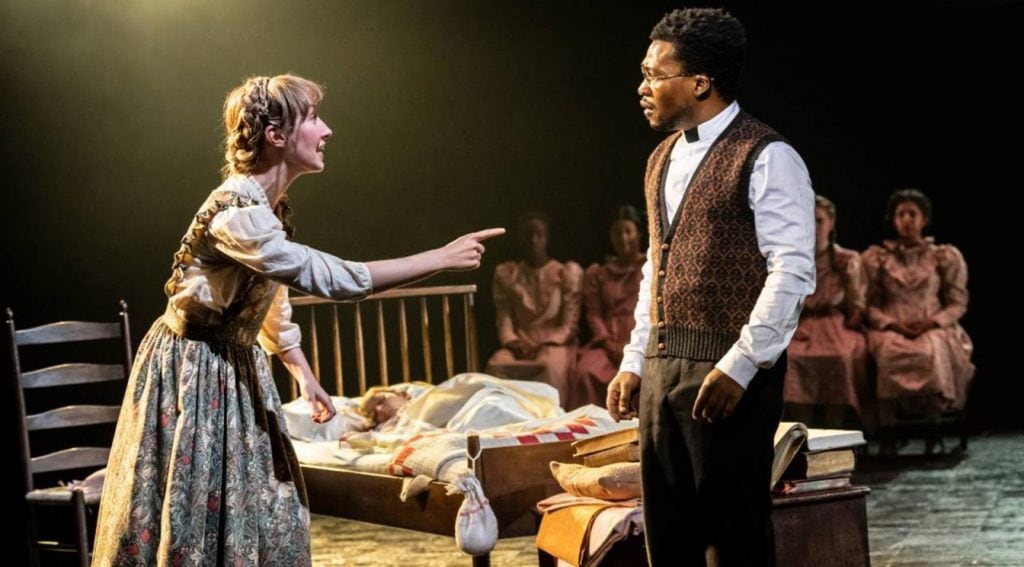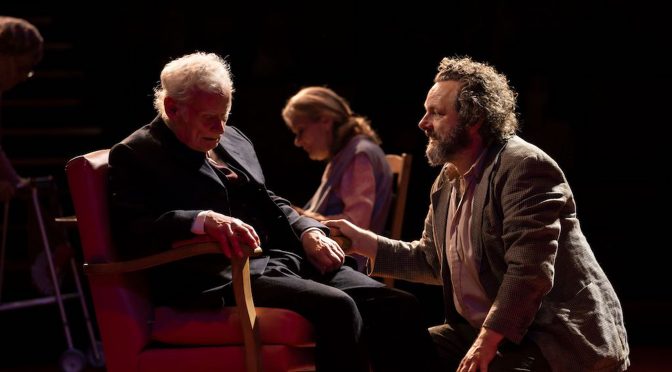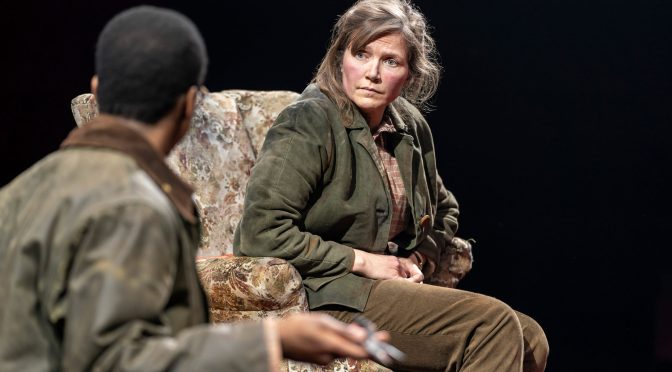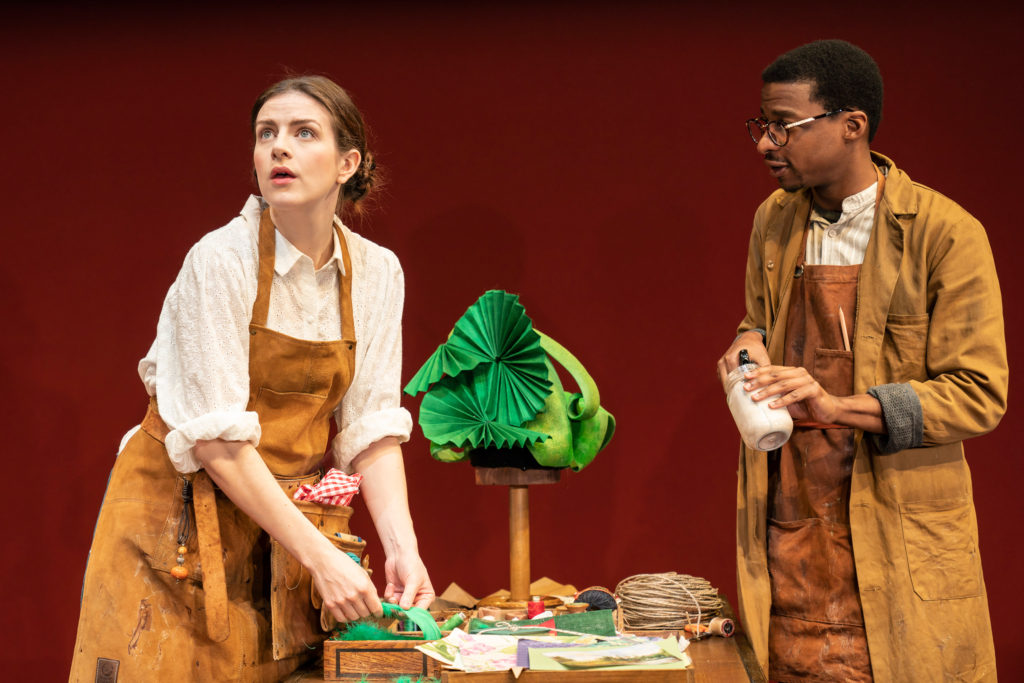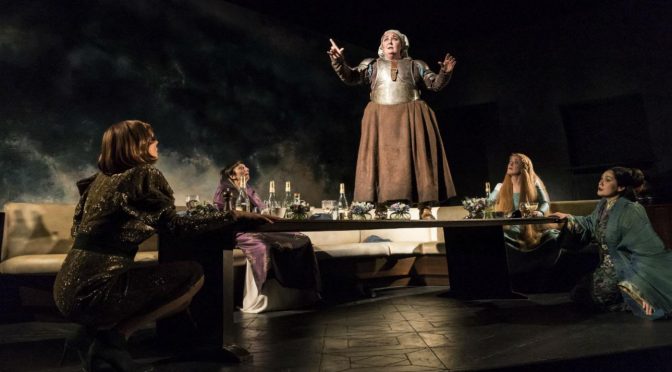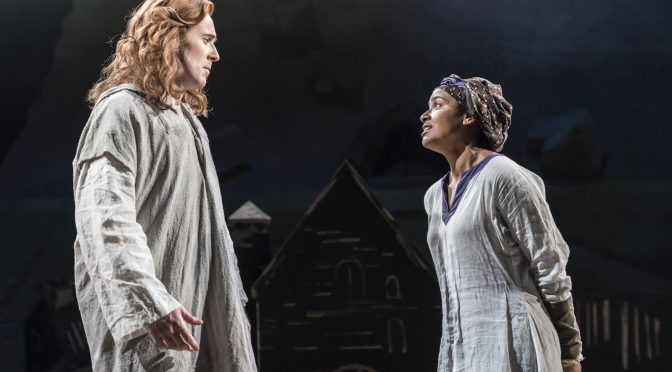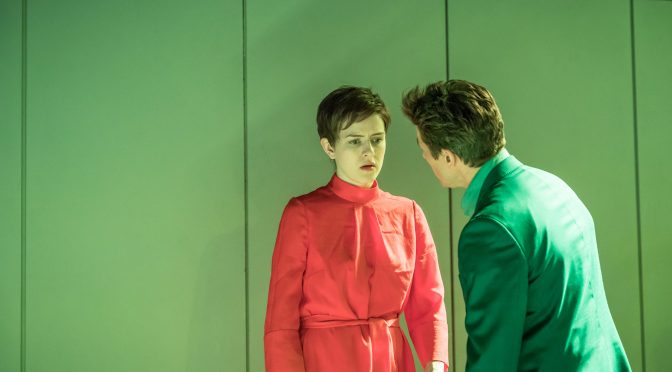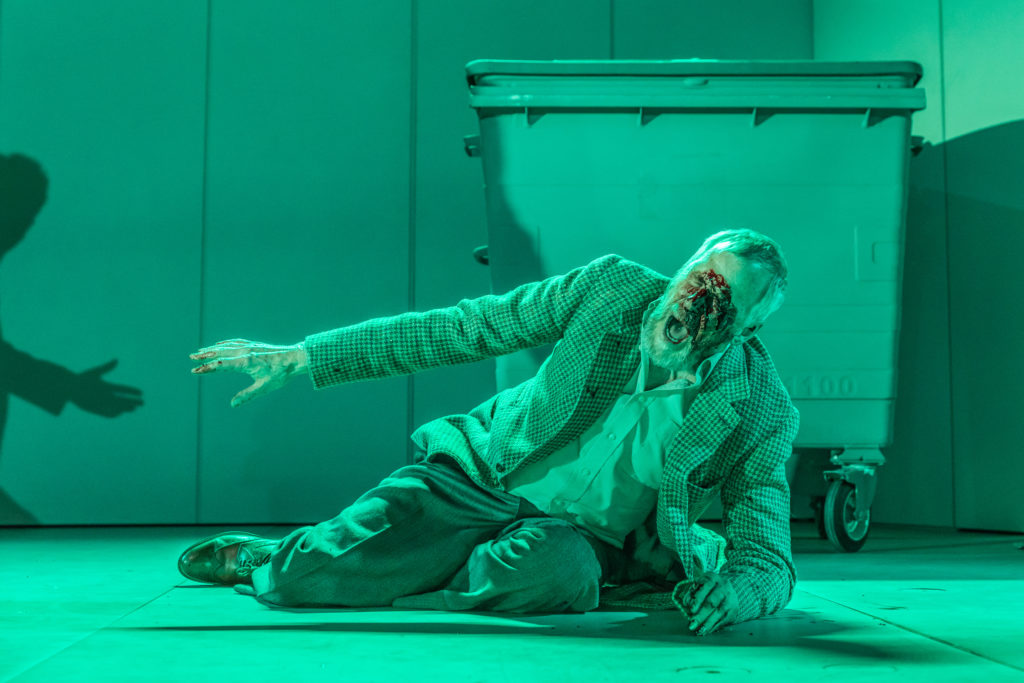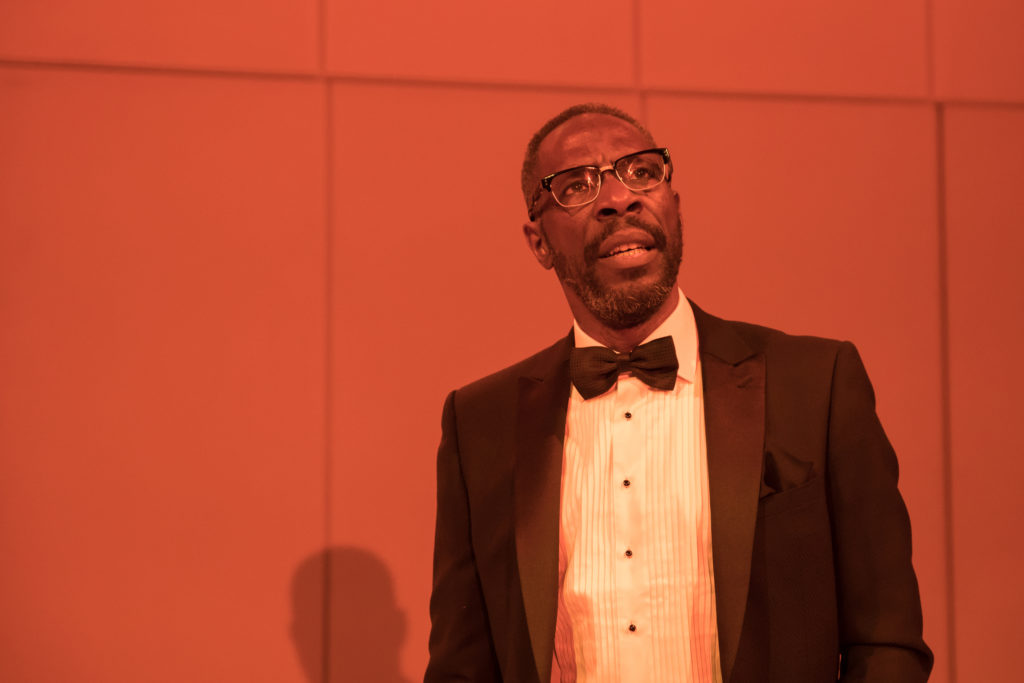Ava Pickett’s new play uses the popular fascination with the Tudors to good effect. The year of the title is, as you might remember from your history lessons, when Anne Boleyn was executed by Henry VIII. But instead of the Royal Court, Pickett looks at a small village in Essex, far removed from events, with three women who are friends and (approximately) working class.
The focus gives the piece just enough originality. And it allows it to be speculative. We know little about lives such as these, so some modern sensibilities can be injected without too much trouble. Which is not to say the play isn’t well researched – it’s convincing how information gets through to the women, as is their awareness of how their society, and their status, is shifting.
Pickett’s dialogue is good. Avoiding ‘thee’ and ‘thou’ makes the characters sound fresh and easily relatable. And there’s plenty of humour: pointing out the “loads of paperwork” in Henry’s divorce is great (although there is a reliance on expletives to get laughs). Director Lyndsey Turner’s staging adds energy, too, with quick, cinematic scenes and bold colours from Jack Knowles’ lighting design.
As you might guess, the year in question is used to examine the patriarchy. It’s interesting to note striking similarities with another strong play, Julia Grogan’s Playfight, which also has a trio of very different young women and details a struggle that seems to have changed less than you would hope. But as there isn’t much to argue with, no matter how well it’s all presented, there aren’t many surprises here.
One interesting twist is that Pickett provides a close study of how attitudes change. Jane’s flirtatious cheekiness falls out of “fashion” as the play progresses. As men lose their sense of humour, the women suffer – and they warn each other to change their behaviour to keep with the times. It’s a thought-provoking observation that builds dramatic tension effectively, if not subtly.
There are also touches of the soap opera here: affairs, pregnancy and violence are all added at speed. The action comes close to getting out of hand, but strong performances and well-written characters save the night. Sienna Kelly takes the lead as Jane, barely off the stage and excellent in every scene. Liv Hill and Tanya Reynolds offer superb support, the detail in their depictions aiding the writing. All added together, 1536 proves a year to remember.
Until 7 June 2025
Photo by Helen Murray




